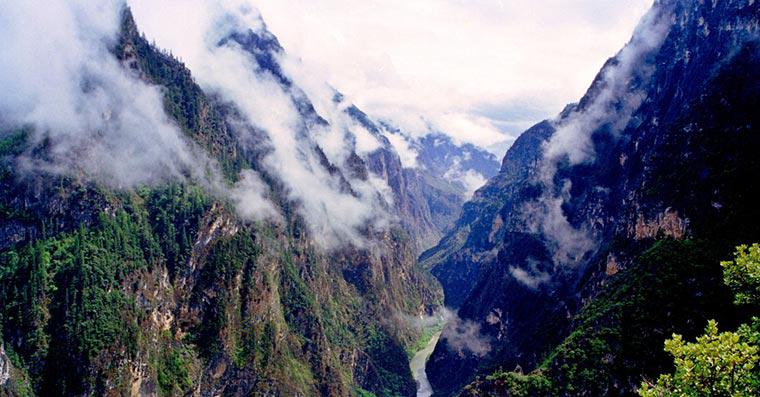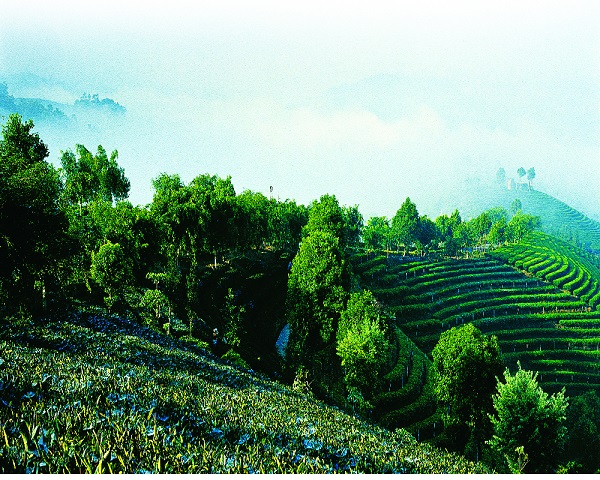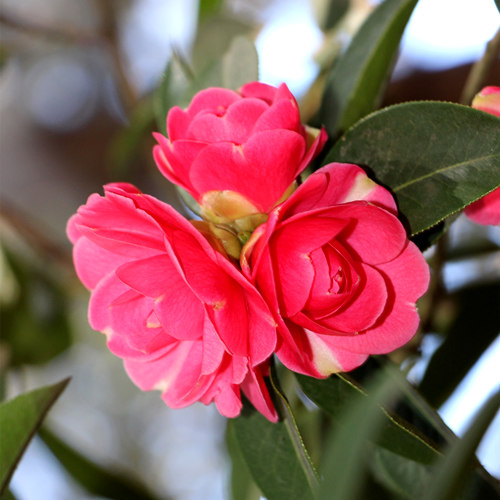
Detailed Introduction to Maguan County of Wenshan Prefecture
Overview
Maguan County sits on the southeastern edge of Wenshan Prefecture, bordering both Vietnam’s Hà Giang Province to the south and Guangxi’s Longzhou County to the east. Covering 2,927 km² with a population of roughly 235,000, Maguan is a frontier county prized for its cross‑border commerce, ethnic diversity, and karst hills punctuated by rivers and valleys.
Geography & Climate
Topography
Elevation ranges from 600 m in river valleys to over 2,200 m atop limestone ridges.
Landscape of steep karst hills, terraced slopes, and the winding Nanxi and Majiang rivers.
Climate
Subtropical monsoon; mild winters (5–14 °C) and warm, rainy summers (22–30 °C).
Annual precipitation around 1,400 mm, concentrated May–September.
Frost‑free period of about 330 days, favoring both tropical and temperate crops.
Administrative Divisions & Population
Seat: Badu Town (坝都镇)
Divisions: 5 towns (e.g., Badu, Yingpan, Xinjie, Tongping, Dakuo) and 4 ethnic townships (including Yao, Miao, Zhuang areas).
Ethnic Composition
Han and major minorities: Zhuang, Miao, Yao, Yi, Dai, Hui, and small numbers of Lahu and Bulang.
Ethnic peoples comprise over 55% of the population, preserving a mosaic of languages and customs.
Economy & Agriculture
Farming
Rice terraces and corn in uplands; sugarcane, rubber, and tropical fruits (e.g., bananas, mangoes) in low valleys.
Tea and tobacco are key cash crops.
Cross‑Border Trade
Badu Town’s market handles fruit, vegetables, timber, and Vietnamese imports, forming a vital China–Vietnam trade link.
Local Industries
Small‑scale processing of tea, rubber, spices, and handicrafts (woven textiles, silver jewelry).
Culture & Festivals
Maguan’s ethnic tapestry gives rise to vibrant celebrations:
Miao Lusheng Festival: Reed‑pipe music, courtship dances, and bamboo‑pole games.
Yao Panwang Festival: Ancestor worship with boat races on mountain streams.
Zhuang Sanyuesan: Spring singing contests and bull‑fighting rituals.
Dai Water‑Splashing New Year: Temple fairs and communal blessings in valley towns.
Local crafts include Miao batik, Zhuang brocade, and Yao silver filigree, often showcased at weekly border markets.
Key Attractions
Badu Border Market
– A bustling China–Vietnam trading post where ethnic traders converge to buy, sell, and exchange goods.
Maguan Karst Scenic Area
– Limestone hills carved by the Nanxi River, with caves, sinkholes, and panoramic viewpoints.
Tongping Ancient Tea Plantation
– Centuries‑old tea gardens on terraced slopes, offering pick‑your‑own tours and tastings.
Yao Ethnic Villages (e.g., Dakuo Townships)
– Remote hamlets set into limestone ridges, preserving traditional stilt houses, festivals, and herbal medicine culture.
Transportation
Road: Provincial Highways link Maguan to Wenshan City (≈3 hrs), Honghe Prefecture, and border gates.
Border Crossings:
Badu–Yen Minh road crossing into Hà Giang Province is open for local trade and tourism.
Public Transit: Daily buses connect county towns; local minivans serve hillside villages.
Conclusion
Maguan County stands at the confluence of borderland commerce, karst ecology, and ethnic heritage. From its lively cross‑border markets to hidden tea terraces and hilltop Yao villages, Maguan offers a frontier‑layered experience where culture, history, and geography intertwine in southeastern Yunnan.



